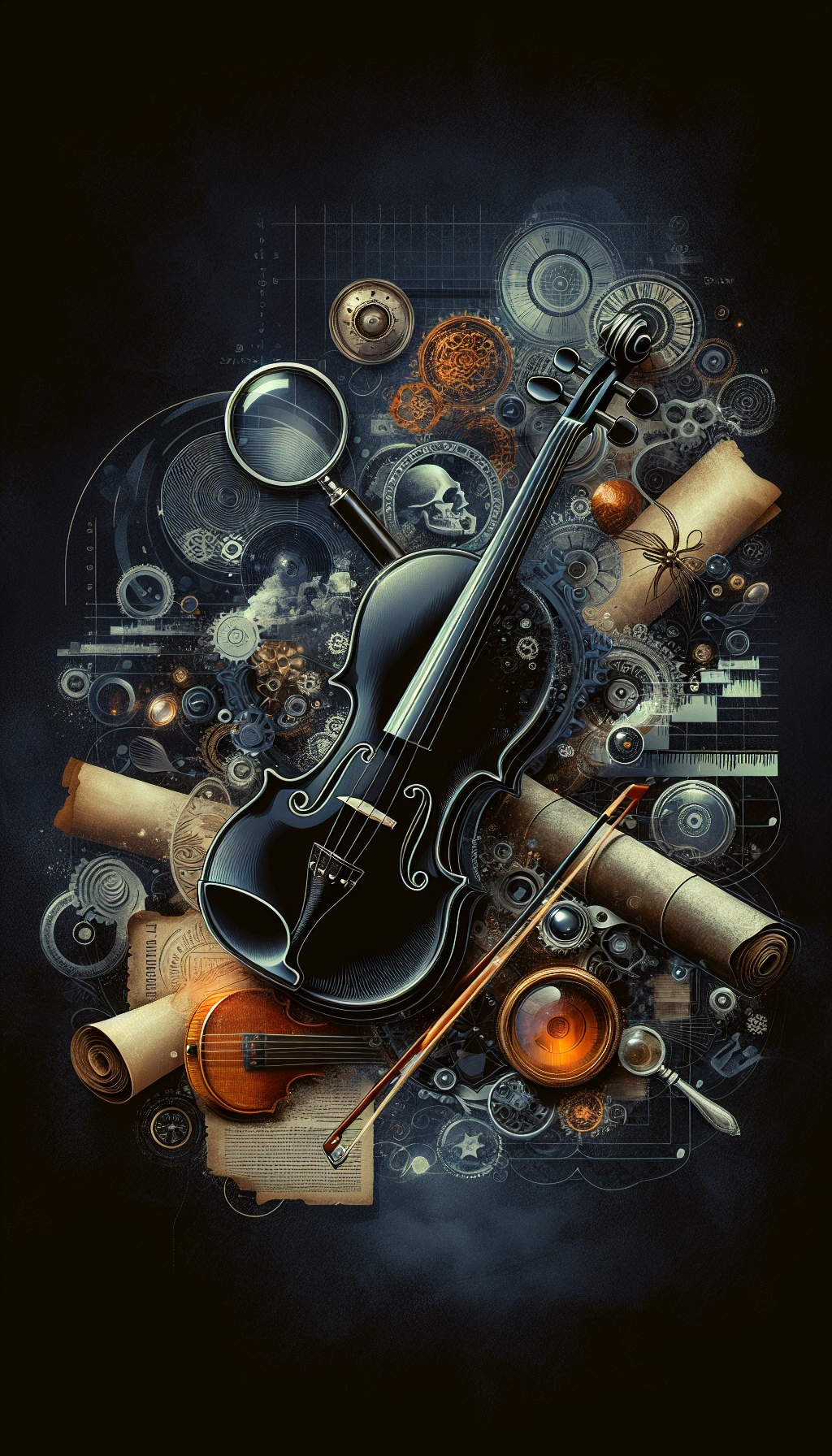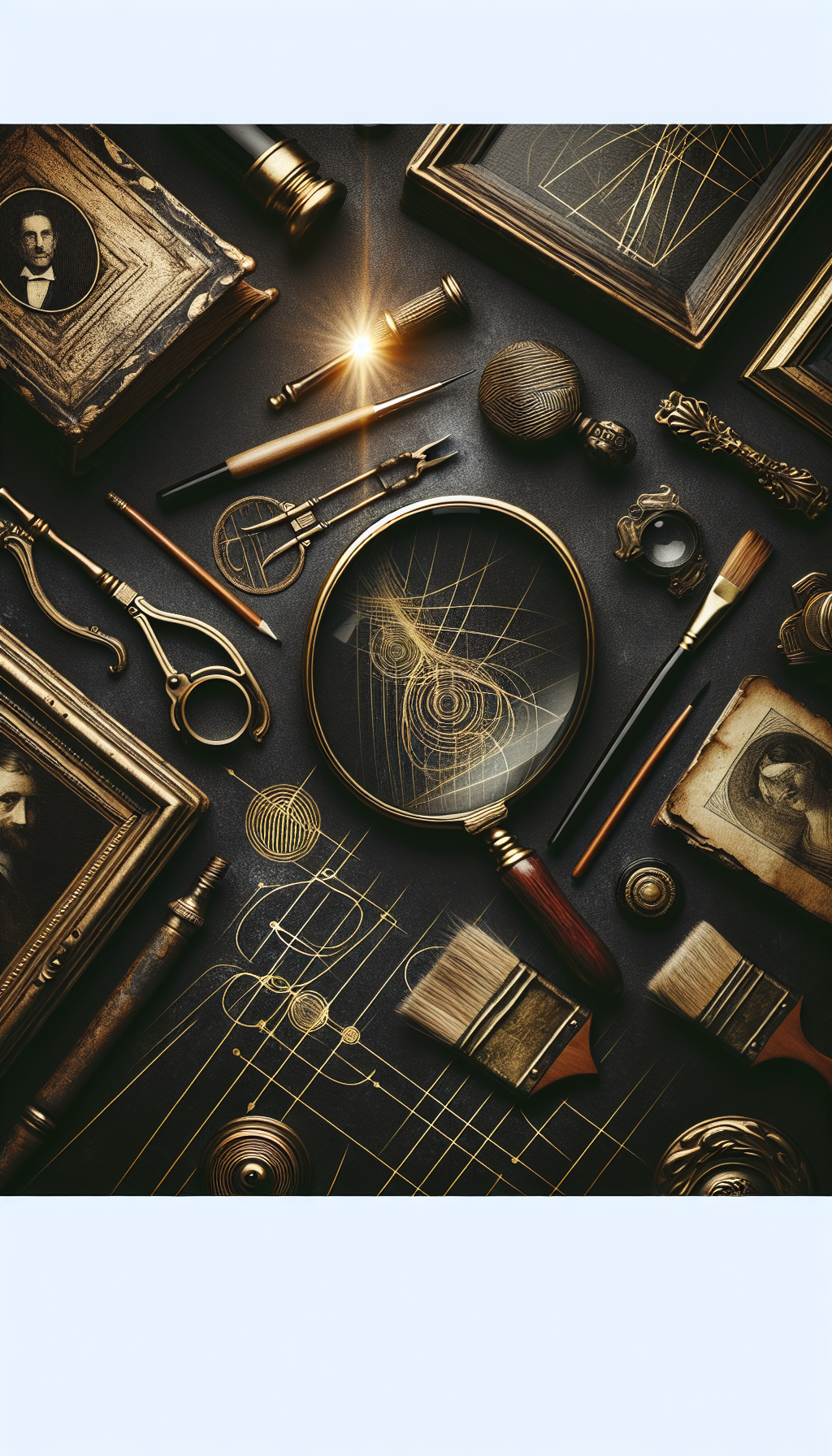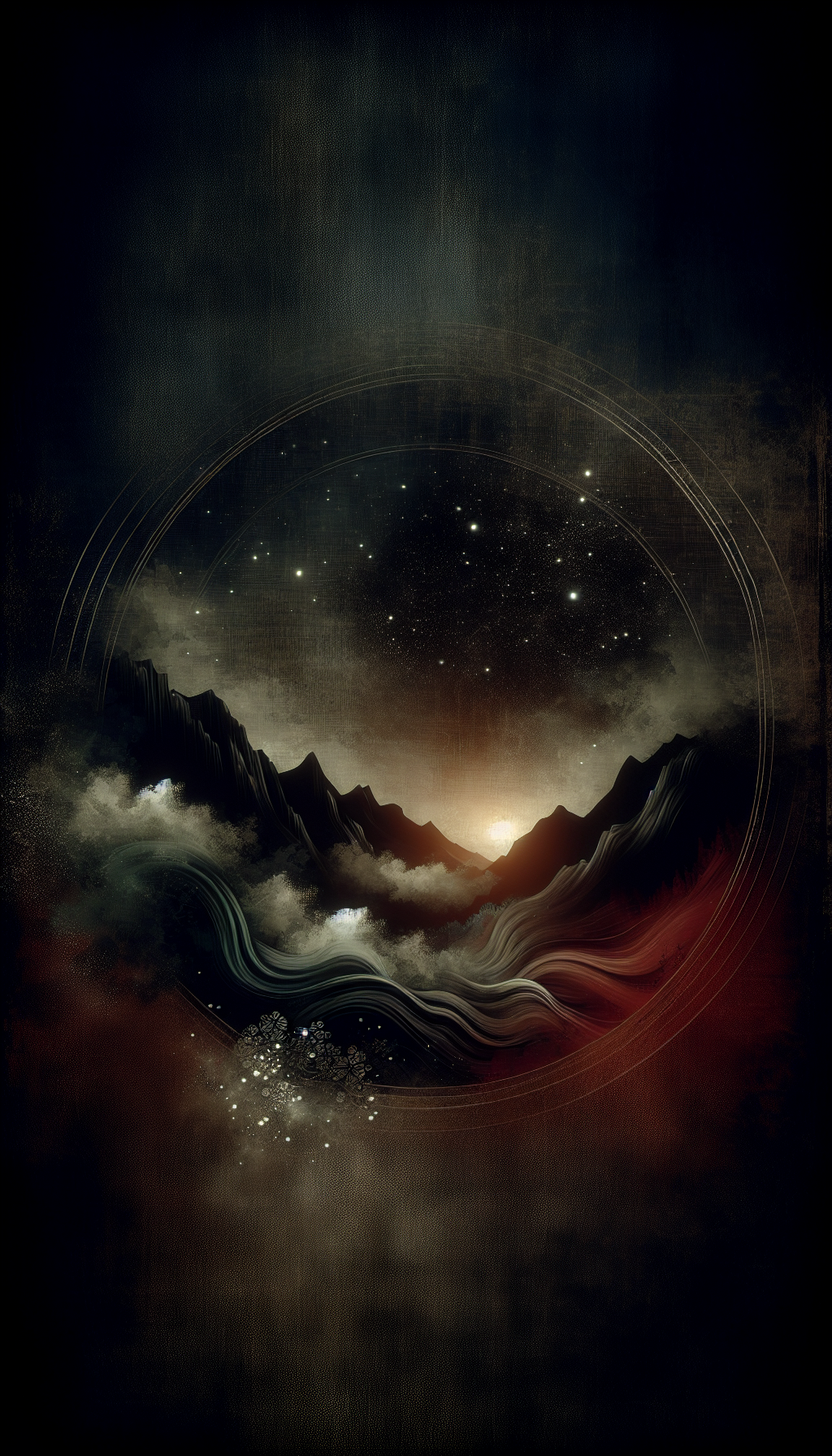Vanessa Bell (1879–1961): Autumn Scene
Vanessa Bell’s landscapes belong to the quietly radical core of British modernism. For appraisal-minded collectors, an artwork cataloged as “Vanessa Bell 1879–1961 Autumn Scene” typically signals a landscape or garden view rendered in her characteristic post-impressionist vocabulary: flattened planes, disciplined color harmonies, and an economy of detail that reads as both intimate and modern. Because “Autumn Scene” is a descriptive title often assigned by galleries or estates, verifying medium, period, authorship, and provenance is essential. This guide unpacks how to identify, assess condition, and value such a work—and where to look for the documentation that underpins confident appraisals.
Why “Autumn Scene” matters in Bell’s oeuvre
Subject and sensibility: Bell’s landscapes—especially those tied to Sussex, Charleston Farmhouse, and the surrounding Downs—translate observed nature into structured color fields. An “Autumn Scene” often features russets, ochres, bottle greens, and cool blues set in balanced blocks, with the horizon simplified and foliage reduced to rhythm rather than botanical description.
Bloomsbury aesthetics: As a central figure in the Bloomsbury Group and a co-founder (with Roger Fry and Duncan Grant) of the Omega Workshops, Bell brought the decorative into dialogue with high art. Many autumnal landscapes embrace this synthesis: they feel designed as much as painted, with purposeful flattening, strong contours, and chromatic restraint.
Collecting appeal: Landscapes and interiors are among the most sought-after Bell subjects. A well-preserved autumnal landscape with solid provenance can be a benchmark piece in a Bloomsbury collection, complementing still lifes, Charleston-related designs, and Omega furniture or textiles.
Identifying period, medium, and authenticity
Because “Autumn Scene” can refer to oils or works on paper—and occasionally to prints or textile designs—start by establishing the fundamentals.
Medium and support
- Oil on canvas or board: Most market-significant “Autumn Scene” works are oils on canvas or prepared panel/board. Boards from the interwar and wartime periods can be modest in thickness, sometimes re-used, with paint applied thinly over colored grounds.
- Gouache or watercolor: Autumnal subjects also appear in gouache or watercolor, often smaller in scale, with quick, planar washes. These can be preparatory or independent works.
- Prints and designs: Bell produced woodcuts and design graphics, though less frequently than paintings. A stylized autumnal motif might appear as a woodcut, lithograph, or textile concept. Confirm if yours is a hand-pulled print, a later photomechanical reproduction, or a period design.
Dating clues by decade
- 1910s (post-impressionist turn): Bolder color contrasts, visible brushwork, and overt flattening influenced by Cézanne and Matisse as filtered through British post-impressionism. Early Omega sensibility may appear in pattern awareness.
- 1920s: Increasing compositional calm; tonal balance over high-key clash. Landscapes become architectonic—planes arranged with clarity.
- 1930s–1940s: Sustained clarity and restraint; economy of mark-making. Wartime materials may be modest. Autumn scenes often set near Charleston or the Downs, with muted warmth.
- 1950s: Confidence in planar simplification; color subtly cooled, drawing more spare, tempo calm. Later oils can be thinly painted and sparely resolved.
Bell’s hand versus close contemporaries
- Vanessa Bell: Tends toward simplified geometry, matte surfaces, and disciplined, almost architectural placement of masses. Foliage and hills are shapes first, details second.
- Duncan Grant: Often more sinuous and curvilinear, with decorative flourish and softer boundaries. More sensual modeling, especially in figures and flora.
- Roger Fry and others: Color discourse overlaps, but Bell’s landscapes typically resist fussiness; edges feel purposeful and the palette tight.
Signatures and inscriptions
- Front signature: Not guaranteed. If present, it might read “VB,” “V. Bell,” or “Vanessa Bell,” usually in a small, discreet hand at lower edge.
- Verso notes: Titles, locations, or studio notations may appear on the back of canvas, stretcher, or board. Descriptive titles like “Autumn Scene,” “Autumn Landscape,” or place names (e.g., Firle, Charleston, Lewes) are common.
- Labels: Period gallery labels from London dealers or exhibition venues, and later estate or studio labels, can be pivotal. Original Charleston- or studio-related labels add credibility.
Red flags for authenticity
- Overly slick surfaces, modern acrylic sheen, or coarse halftone patterns (indicating a reproduction).
- Anachronistic supports or stretchers inconsistent with early–mid 20th century British practice.
- Signatures that float on top of varnish without age congruity, or stylistic dissonance versus Bell’s measured compositions.
If in doubt, prioritize connoisseurship and comparative analysis, then pursue technical study.
Provenance and documentation that move the needle
Strong provenance anchors value and confidence:
- Primary chain: Artist’s studio to early purchaser, or family descent. Charleston-related provenance is compelling.
- Exhibitions: Inclusion in reputable exhibitions during Bell’s lifetime or significant posthumous shows. Catalog mentions boost confidence.
- Literature: Reproduction or discussion in scholarly books and essays on Bell and Bloomsbury art. While there is no single definitive, all-encompassing catalogue raisonné, references across established monographs and exhibition catalogues are valuable.
- Gallery history: Early 20th-century London dealers and mid-century exhibitions provide useful paper trails. Printed labels, price lists, or annotated inventories can corroborate.
Keep meticulous copies of:
- Bills of sale, invoices, and correspondence.
- High-resolution images of front, back, edges, and framing.
- Conservation records and technical examination reports (if any).
Condition: what appraisers look for
Typical condition scenarios
- Oil on canvas: Fine drying crackle acceptable; structural issues include cupping, cleavage, and flake loss. Old relinings, patch repairs, or filled and retouched losses should be disclosed and can affect value depending on extent and placement.
- Oil on board: Edge abrasion, corner knocks, or board warp. Watch for delamination on laminated boards, and stress cracks at the grain direction on wood panels.
- Works on paper: Foxing, staining, fading, or migration from acidic mats. Gouache can show scuffing or lifting in heavily worked passages.
- Varnish: Some Bell oils are unvarnished or lightly varnished; modern glossy varnish can distort intended surface. Over-cleaning that thins paint layers is a risk.
Conservation notes
- Stabilize before cleaning: Consolidate any lifting paint. Avoid DIY cleaning, especially on matte, absorbent surfaces.
- Reversibility: Conservation treatments should be reversible and fully documented.
- Framing: Period or Charleston-style painted frames add historic value and visual integrity; preserve if structurally sound.
How condition affects value
- Minor, stable age wear is acceptable. Extensive overpaint, aggressive cleaning, or large structural repairs depress value.
- For works on paper, vivid, unfaded color and clean, archival mounting are critical.
Market values and comparables for “Autumn Scene”
Appraisal ranges vary with medium, size, subject, period, and documentation. As general guidance:
- Oils on canvas or board: Strong landscapes with good provenance typically achieve mid-five to low-six figures (USD/GBP), with exceptional examples higher. Interiors with windows opening to the landscape can push the upper range due to cross-appeal.
- Gouache and watercolor: Often mid-four to mid-five figures depending on scale, freshness, and exhibition history.
- Drawings: Low-to-mid four figures, higher for finished sheets with related exhibited oils.
- Prints: Usually three to low four figures, contingent on rarity, state, and condition.
Premium factors
- Clear Charleston or identifiable Sussex location.
- Early or peak-period execution (1910s–1930s) with strong color orchestration.
- Inclusion in respected exhibitions or literature.
- Original painted frame by Bell or the Charleston circle.
- Fresh-to-market examples from private collections with long, documented ownership.
Discount factors
- Weak condition, heavy overpaint, or compromised surfaces.
- Unconvincing title attributions without supporting evidence.
- Generic subject without clear Bell hallmarks.
- Unresolved attribution conflicts with Duncan Grant or other Bloomsbury artists.
Comparative approach
- Match your work to closely related Bell landscapes by subject, format, and handling.
- Compare brush economy, edge treatment, and palette.
- Align your piece’s scale and medium with recent sales to triangulate a realistic estimate.
Research and technical examination
Connoisseurial review
- Side-by-side visual comparisons with authenticated Bell works clarify authorship nuances.
- Note recurring structural strategies: simplified geometry, tonal scaffolding, and restrained detail.
Technical tools
- Infrared reflectography: May reveal underdrawing habits (often minimal) or compositional shifts.
- X-ray: Useful for pentimenti or reused supports.
- Pigment and binder analysis: Confirms period-appropriate materials; Bell worked within early–mid 20th-century British artist materials typical of her circle.
- Paper and board dating: Watermarks and fiber analysis help place works on paper; board type can suggest date windows.
Documentation synthesis
- Collate visual, technical, and documentary evidence into a concise dossier. Auction specialists and appraisers respond well to organized materials and clear imaging.
Quick appraisal checklist
- Identify the medium and support; measure sight and framed sizes.
- Inspect signature and any verso inscriptions or labels; photograph all inscriptions clearly.
- Map condition: front, reverse, raking light, and UV. Note restoration or overpaint.
- Gather provenance documents: invoices, letters, past appraisals, and exhibition lists.
- Compare stylistic features to known Bell landscapes, especially autumnal Sussex scenes.
- Search for literature or exhibition references tied to the title or subject.
- Consider technical examination if attribution or dating is uncertain.
- Evaluate frame originality; conserve period frames when possible.
- Calibrate value using recent comparable sales of similar medium, size, period, and subject.
- Seek a written opinion from a specialist if material facts remain unresolved.
Frequently asked questions
Q: My “Autumn Scene” isn’t signed. Can it still be by Vanessa Bell? A: Yes. Bell did not sign every work. Coherent style, credible provenance, period materials, and, ideally, literature or exhibition history can support attribution. A specialist’s opinion and, if needed, technical analysis can strengthen the case.
Q: The title varies—“Autumn Scene,” “Autumn Landscape,” or a place name. Does that matter? A: Descriptive titles are common and may shift between inventories, galleries, and estates. What matters is whether the subject, style, and documentation consistently point to Bell. Record all title variants when compiling provenance.
Q: How do I distinguish Bell’s landscape from one by Duncan Grant? A: Grant often leans decorative and sinuous, with more curvilinear rhythms and softer transitions. Bell tends to organize space into steadier, planar blocks with a composed stillness. Comparative viewing of authenticated works helps clarify authorship.
Q: Should I reframe the painting? A: If the frame is period or associated with Charleston’s painted-frame tradition, keep it. Stabilize structurally and clean sensitively. If replacement is necessary, choose a simple, sympathetic profile that does not overpower the restrained composition.
Q: What drives top prices for Bell’s autumnal landscapes? A: A convergence of factors: peak-period date, compelling subject (recognizable Charleston/Sussex views), excellent condition, strong provenance, literature or exhibition history, and market freshness. Original painted frames can be a noteworthy bonus.
Vanessa Bell’s “Autumn Scene” works reward careful looking: architectural clarity in the landscape, color decisions that feel inevitable, and a modernist restraint that still reads as personal. For appraisers and collectors, the key is disciplined verification—medium, date, provenance, and condition—supported by thoughtful comparables. With that groundwork, these quiet, elegant landscapes speak clearly in the marketplace and, more importantly, on the wall.



